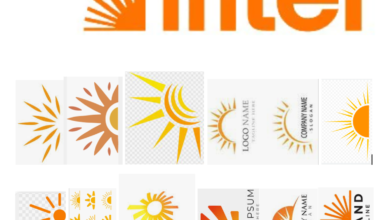[ad_1]
Branding is an elusive concept that leaves many people scratching their heads. If you Google the definition, you’re going to end up with a diverse range of answers.
Many of us already know that brand is more than just a logo. It’s an idea, a feeling, a promise, a narrative, a tone, an experience…
Like I said, elusive.
The point is that there’s just so much that goes into branding. So much to unpack and learn about.
Here’s one thing we can all agree on: Branding is damn good for your business.
But ask people why, and the head-scratching is likely to commence again. So, how do we nail this branding thing down?
You can start by reading as many books as you can on the subject. But to get the full picture, you must diversify your reading list.
To help you out, we put together a list of 9 branding books that will kick your branding knowledge to a whole new level. Dive right in!
1. Hello, My Name is Awesome: How to Create Brand Names That Stick, by Alexandra Watkins

What’s in a brand name? Everything (well, almost)! In this book, Alexandra Watkins explains in her typical engaging fashion why a brand name that sticks is critical to business success. But, let’s face it: Brand naming is hard (especially for non-creatives). Thankfully, the award-winning author treats us with a treasure trove of practical and, yes, FUN methods that help demystify the art (and science) of brand naming. If you don’t want to end up like Xobni, Tcho, or Eukanuba, give this book a read. Buy it here.
“The most powerful brand names connect with people and move them to buy because they are based on familiar words and concepts that they understand and appreciate.”
Takeaways:
- For a brand to create a lasting impact, its name has to suggest something creative or metaphorical about your brand.
- Customers are more likely to remember brands with names that evoke powerful visuals.
- A good creative brief can provide you with all the ingredients needed to come up with a brand name that works.
2. Building a StoryBrand: Clarify Your Message So Customers Will Listen, by Donald Miller

Donald Miller’s Building a Storybrand is the quintessential book about brand storytelling. The book’s message is simple: Clarify your message so customers will pay attention. Easier said than done, sure, but Donald practices what he preaches by explaining it all in ways that are easy to follow and remember. Introducing the seven universal elements of storytelling (otherwise known as the Storybrand 7 Framework), this book can have a big impact on how you simplify and clarify your brand into something your audience will care about. Buy it here.
“As a brand, it’s important to define something your customer wants, because as soon as we define something our customer wants, we posit a story question in the mind of the customer: Can this brand really help me get what I want?”
Takeaways:
- The customer is the hero, not your brand. If you want your customers to listen, be the Yoda to their Luke Skywalker.
- Customers ultimately buy products and services that resolve their internal desires more than external ones.
- Customers can’t (and won’t) solve their problem if you don’t make it clear to them where you want them to go. Give your prospects direct calls to action to help them take the next step.
3. Book of Branding – A Guide to Creating Brand Identity for Startups and Beyond, by Radim Malinic

Building a brand identity can be a tough nut to crack, but Brand Nu founder Radim Malinic explains it all in this book with such granular clarity. Want to develop a brand that is unique and memorable? This book is the comprehensive branding guide that walks you through each step of the way. Better yet, the steps are presented with stunning illustrations where applicable, enhancing the reading experience and making it easy for readers to commit each step to memory.
The book also features real-life case studies that delve into the author’s past projects, lending a more nuanced perspective to the process of brand identity design. Buy it here.
“The best brands are those who use their underlying brand narrative to empower their followers: they take on the role of a friend; somewhere people feel safe and welcome, and as much a way of life as a product or service.”
Takeaways:
- Brand building is an important first step to creating design work that matters and endures.
- Good creative leadership is critical to creative collaboration, which in turn helps teams hit their goals and produce great work.
- Don’t choose a typeface based on what’s fashionable. Rather, choose the one that best represents your brand’s core values, visual language, and tone.
4. Platform: The Art and Science of Personal Branding, by Cynthia Johnson

Cynthia Johnson’s book on personal branding is the best resource on the subject, bar none. Practical advice, personal stories, and telling case studies abound, providing invaluable information that will help you take control of your personal narrative and expand your reach even in the face of today’s overcrowded digital landscape. Having risen to mega-influencer status in just three years, Cynthia is a living example of what she preaches. And you’re better off following her lead if you want your personal brand to take off. Buy it here.
“Personal branding is not about packaging yourself to sell yourself. It is about bringing focus to your actions so that the right kind of people can find you and subscribe to your message, and vice versa.”
Takeaways:
- Everyone already has a brand online. The question is, will you take ownership of your brand? Or will you let others do it for you? The problem with the latter is that you may not like the results.
- Engage people in places that give you the most leverage and that have the least competition of their time and attention.
- Be intentional with how you want to make others feel and what you want to be known for.
5. Positioning: The Battle for Your Mind, by Alan Ries and Jack Trout
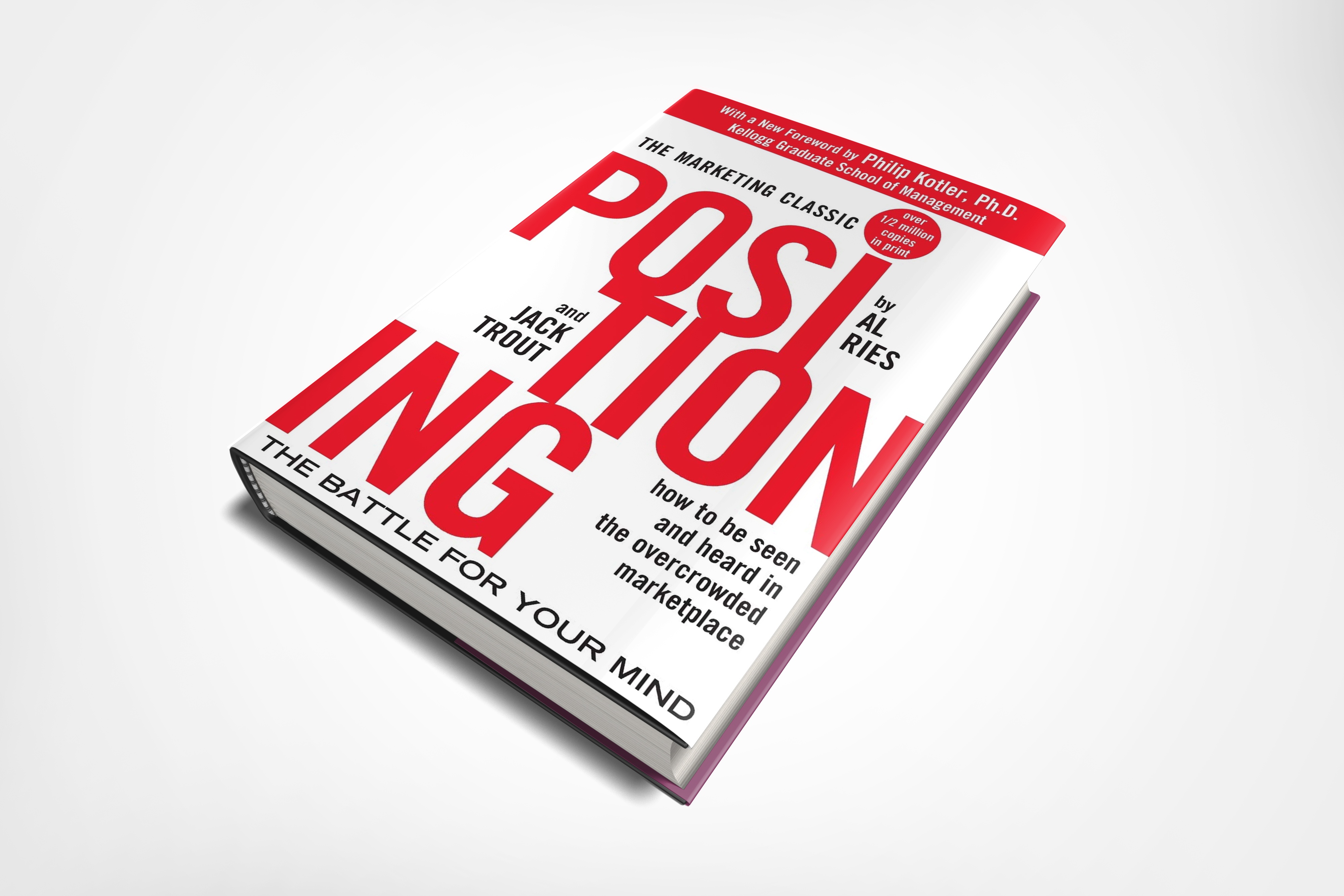
This one’s an oldie but goodie. Even forty years after its first publication, Positioning: The Battle for Your Mind (1980) by Al Ries and Jack Trout remains a revered classic. Do you want to distinguish your brand from your competitors? This book tells you everything you need to know on that score. Moreover, this book offers amazing insights about marketing that will help you make an indelible impact in the minds of your customers. Buy it here.
“The basic approach of positioning is not to create something new and different, but to manipulate what’s already up there in the mind, to re-tie the connections that already exist.”
Takeaways:
- When it comes to brand positioning, perception trumps facts every time.
- The biggest mistake you can make as a brand is to try to appeal to everybody. To find the right audience for your brand, determine who you should not be selling to and start from there.
- Position your brand by building your strategy around your competitors’ weaknesses.
6. Identity Designed: The Definitive Guide to Visual Branding, by David Airey
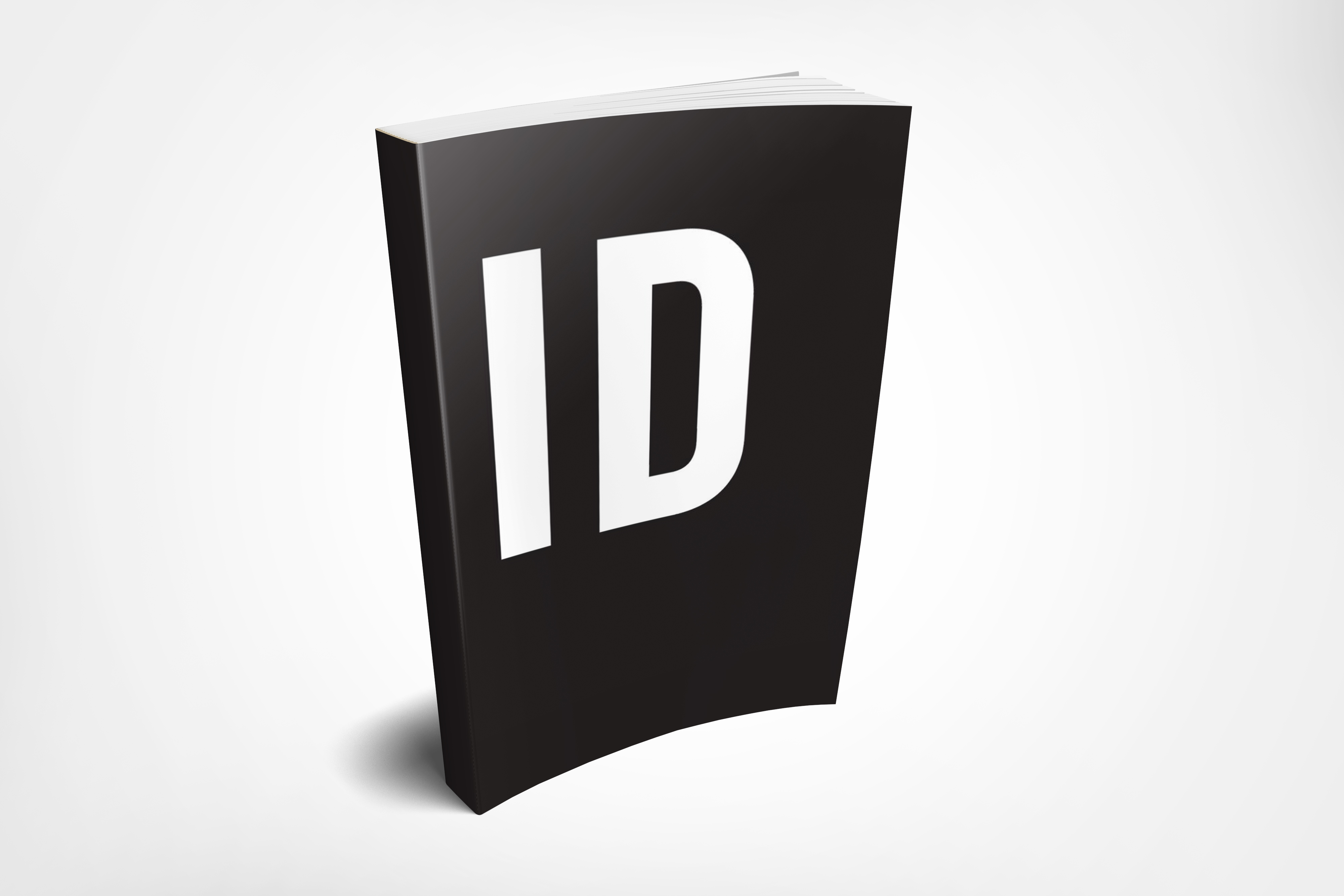
Identity Designed is an insightful and beautifully-designed resource on the identity design process. Airey goes in-depth on the visual side of branding, giving us a nuanced yet accessible explanation of how to create design work in the service of business. Featuring 16 case studies from high-profile creative studios such as Lantern, Base, and Pharus, the book walks us through the processes (and politics) involved in design work across a wide range of industries, sectors, and applications. Buy it here.
“Great brands are consistent. The same is true of their identities Consistency is often wrongly associated with sameness, but it can mean consistently distinctive and vibrant.”
Takeaways:
- To create powerful designs, include only what’s necessary. Complicated designs only serve to dilute the message and aesthetic intensity of your work.
- Between two competing products that are similar in function, the product with the emotional distinction is what gets noticed.
- You must keep taking risks for your design work to stand out, even if it means breaking the rules sometimes.
7. Designing Brand Identity: An Essential Guide for the Whole Branding Team, by Alina Wheeler
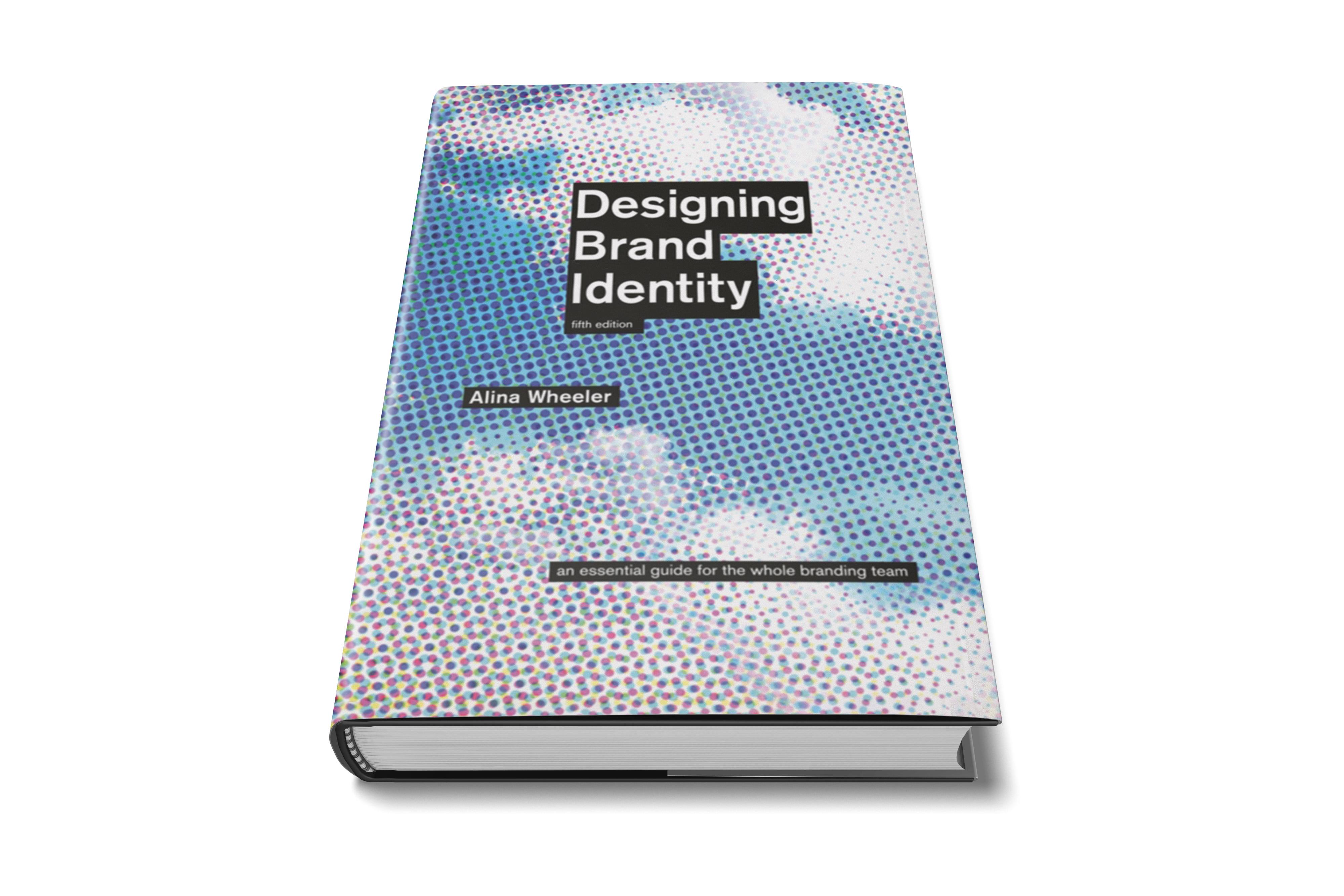
Now in its 5th edition, Designing Brand Identity remains the quintessential resource on the fundamentals of branding, and for many good reasons. It’s an essential guide and toolkit that helps branding teams create and implement a brand identity that sticks. Also included are 40 case studies demonstrating the real-world impact of the steps highlighted in the guide. If you’re passionate about branding, marketing, and design, put this one on your bookshelf. Buy it here.
“Stay on message is the brand mantra. The best brands speak with one distinctive voice. On the web, in a tweet, in a sales pitch, in a speech given by the president, the company needs to project the same unified message. It must be memorable, identifiable, and centered on the customer.”
Takeaways:
- If you want to differentiate your brand from competitors, each and every branding effort must be intentional. If it’s devoid of intention, it doesn’t count.
- Your actions, decisions, and messaging must be informed by your brand strategy. But also make sure that your brand strategy is aligned with your mission and core values.
- Great brands are a reflection of their internal culture. If you want to grow your brand the right way, build a culture you can be proud of.
8. The Brand Gap: How to Bridge the Distance Between Business Strategy and Design, by Marty Neumeier
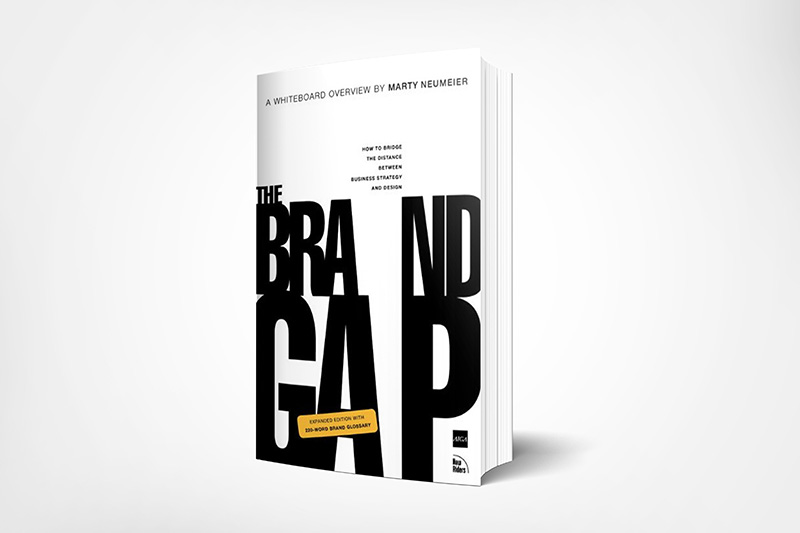
Branding is a concept that’s often misunderstood. The Brand Gap by Martin Neumeier cuts through the confusion by presenting a unified theory of brand-building. The author explains that in order to build a brand, you need to ask three essential questions: Who are you? What do you do? Why does it matter? Moreover, the book describes the five essential disciplines of brand building that will help you create a charismatic brand. The 22-word brand glossary at the back is also a great resource every brand marketer will want to read over and over. Buy it here.
“A brand is a person’s gut feeling about a product, service, or company. It’s a GUT FEELING because we are all emotional, intuitive beings, despite our best efforts to be rational. It’s a PERSON’s gut feeling, because in the end the brand is defined by individuals, not by companies, markets, or the so-called general public…Each person creates his or her own version of it. While companies can’t control this process, they can influence it by communicating the qualities that make this product different than that product. When enough individuals arrive at the same gut feeling, a company can be said to have a brand.”
Takeaways:
- Specialists win over generalists over time.
- To grow your brand, treat it like you would any living thing. Allow it to live, breathe, make mistakes, and be human.
- When making a business decision, ask yourself the million-dollar question: Will it help or hurt the brand?

Seth Godin’s Purple Cow is a classic that still stands tall today. Why? Because the insights presented in the book are even more relevant in today’s hyper-digital age. The premise is simple: If you want your brand to stand out from the crowd, you must be willing to take risks and throw caution to the wind. In other words, you must dare to be the “purple cow.” This book is a manifesto for marketers who want to make a difference by daring to build a remarkable brand. Buy it here.
“If you’re remarkable, it’s likely that some people won’t like you. That’s part of the definition of remarkable. Nobody gets unanimous praise–ever. The best the timid can hope for is to be unnoticed. Criticism comes to those who stand out.”
Takeaways:
- In a crowded marketplace, to fit in is to be invisible.
- Creating safe and unremarkable products and combining them with good marketing is the old way. It doesn’t work anymore. The new status quo is to create remarkable products that the right people will look for.
- Being boring is too risky. Go for the unknown and you’ll find yourself on safer ground.
So, there you have it. Taken together, these branding books offer diverse perspectives and insights that will help you navigate the crazy and exciting world of branding.
Source link


